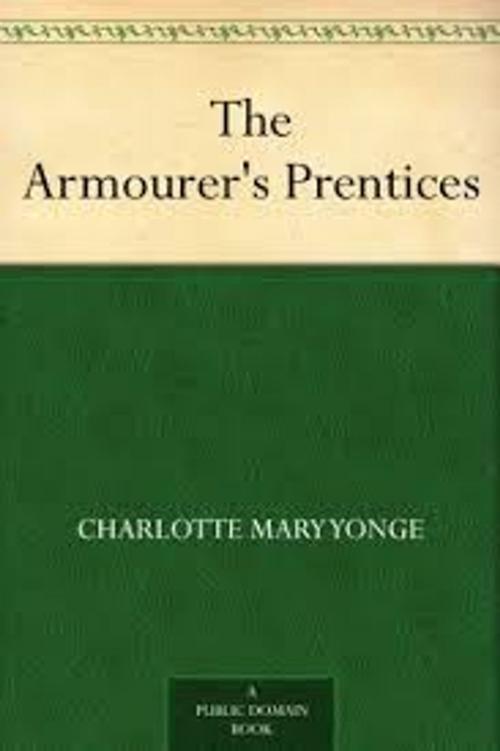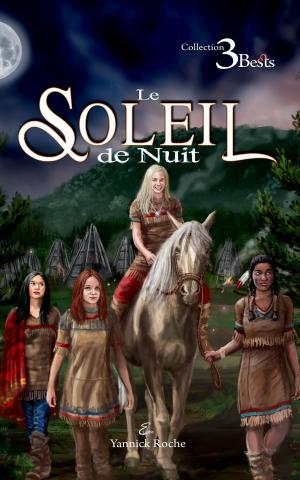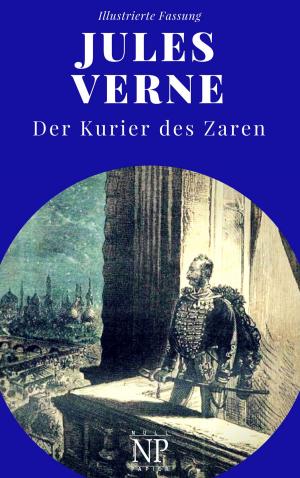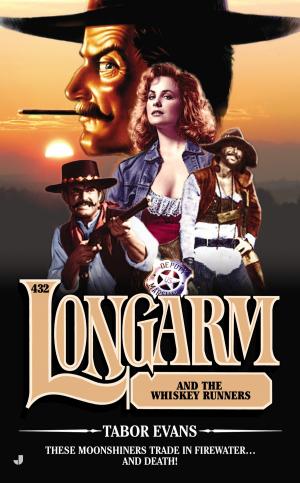| Author: | Yonge, Charlotte Mary | ISBN: | 1230000543033 |
| Publisher: | The Catholic Book Revival Group | Publication: | July 9, 2015 |
| Imprint: | Language: | English |
| Author: | Yonge, Charlotte Mary |
| ISBN: | 1230000543033 |
| Publisher: | The Catholic Book Revival Group |
| Publication: | July 9, 2015 |
| Imprint: | |
| Language: | English |
The tale is set in the reign of Henry VIII. On the death of their father, a New Forest Verderer, his younger sons, Ambrose and Stephen Birkenholt, lose their home and travel to London in search of their mother's brother. In his youth he was suspected of deer stealing and had to leave the Forest, but was now said to hold a good position in the household of the Archbishop of York, the future Cardinal Wolsey. On their journey the brothers earn the gratitude of a London armourer, Giles Headley, whom they save from robbers. They find their uncle, but are humiliated to learn that he is Wolsey's jester, though this is an influential position.
Ambrose has a religious conversion, and in time becomes a clerk to Sir Thomas More. Stephen is apprenticed to the armourer. Years pass, Stephen falls in love with his master's daughter, but she is betrothed to another apprentice, Giles Headley the younger, her father's godson and heir. At the Field of the Cloth of Gold this Giles and Stephen are both tempted to join a band of mercenaries. Giles succumbs, partly to escape his betrothal, for he loves a gentle Arab girl, but Stephen remains true to his master, who rewards him with the hand of his daughter, and makes him his heir.
Ten years later Wolsey dies in disgrace, and his loyal jester returns to the New Forest, where he becomes a prosperous and respected farmer. In 1535 Sir Thomas More also falls from royal favour, and is executed. Giles Headley returns, steadied by his military experiences. Moved by the plea of his Aldonza, a servant in the More household, and aided by Ambrose and Stephen, he removes the head of Sir Thomas from London Bridge.
The elder brother of the Birkenholts dies, and Ambrose soon follows him. Stephen thus inherits his old home in the Forest, and the office of Verderer, and Giles, who has married Aldonza, is reinstated as the heir to the armourer.
The theme therefore is dispossession and repossession. Giles, Stephen and his uncle repossess the good fortune they had lost, partly through their own faults. Ambrose is dispossessed of his unthinking faith by contact with worldly priests and monks, but gains a deeper and stronger belief from the teaching of Dean Colet and the Reformers, and the example of Sir Thomas More.
The large cast of fictitious characters are convincing, and of the historical ones, King Henry springs to life. There is no sustained plot but a succession of interesting incidents. Real events and persons are accurately shown, but through the eyes of ordinary folk who are affected by them, and who would not recognize their historical significance. The moral teaching is implicit rather than explicit, with circumstances rather than conscience moulding and improving the characters. According to the Preface, C.M. Yonge's aim was "to sketch citizen life in the early Tudor days", and in this she seems to have been successful.
The tale is set in the reign of Henry VIII. On the death of their father, a New Forest Verderer, his younger sons, Ambrose and Stephen Birkenholt, lose their home and travel to London in search of their mother's brother. In his youth he was suspected of deer stealing and had to leave the Forest, but was now said to hold a good position in the household of the Archbishop of York, the future Cardinal Wolsey. On their journey the brothers earn the gratitude of a London armourer, Giles Headley, whom they save from robbers. They find their uncle, but are humiliated to learn that he is Wolsey's jester, though this is an influential position.
Ambrose has a religious conversion, and in time becomes a clerk to Sir Thomas More. Stephen is apprenticed to the armourer. Years pass, Stephen falls in love with his master's daughter, but she is betrothed to another apprentice, Giles Headley the younger, her father's godson and heir. At the Field of the Cloth of Gold this Giles and Stephen are both tempted to join a band of mercenaries. Giles succumbs, partly to escape his betrothal, for he loves a gentle Arab girl, but Stephen remains true to his master, who rewards him with the hand of his daughter, and makes him his heir.
Ten years later Wolsey dies in disgrace, and his loyal jester returns to the New Forest, where he becomes a prosperous and respected farmer. In 1535 Sir Thomas More also falls from royal favour, and is executed. Giles Headley returns, steadied by his military experiences. Moved by the plea of his Aldonza, a servant in the More household, and aided by Ambrose and Stephen, he removes the head of Sir Thomas from London Bridge.
The elder brother of the Birkenholts dies, and Ambrose soon follows him. Stephen thus inherits his old home in the Forest, and the office of Verderer, and Giles, who has married Aldonza, is reinstated as the heir to the armourer.
The theme therefore is dispossession and repossession. Giles, Stephen and his uncle repossess the good fortune they had lost, partly through their own faults. Ambrose is dispossessed of his unthinking faith by contact with worldly priests and monks, but gains a deeper and stronger belief from the teaching of Dean Colet and the Reformers, and the example of Sir Thomas More.
The large cast of fictitious characters are convincing, and of the historical ones, King Henry springs to life. There is no sustained plot but a succession of interesting incidents. Real events and persons are accurately shown, but through the eyes of ordinary folk who are affected by them, and who would not recognize their historical significance. The moral teaching is implicit rather than explicit, with circumstances rather than conscience moulding and improving the characters. According to the Preface, C.M. Yonge's aim was "to sketch citizen life in the early Tudor days", and in this she seems to have been successful.















